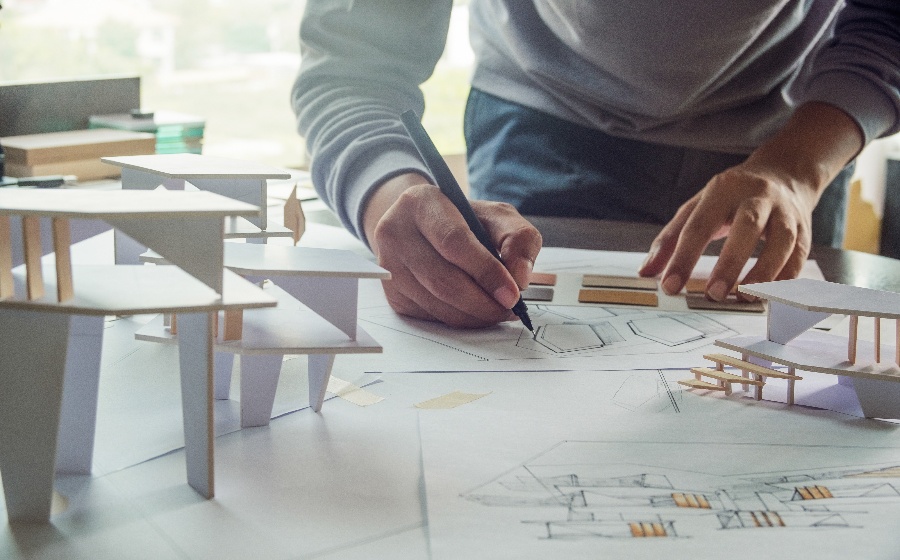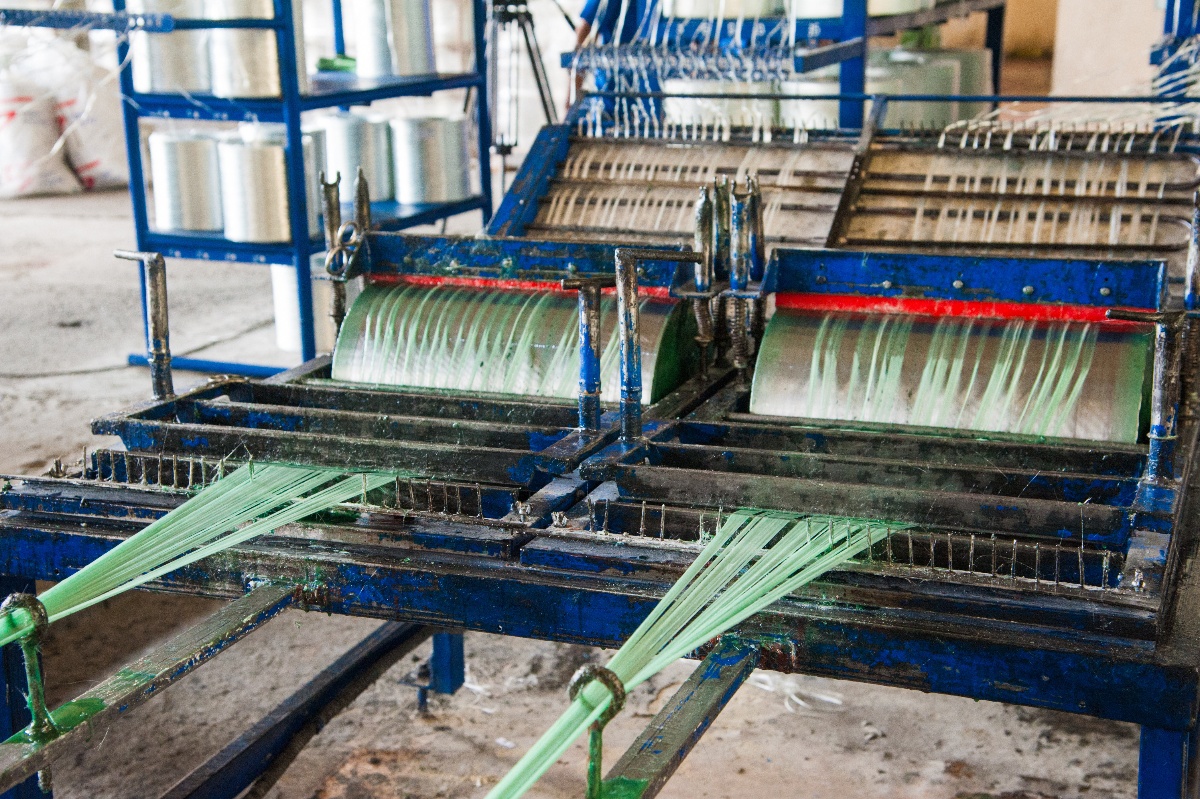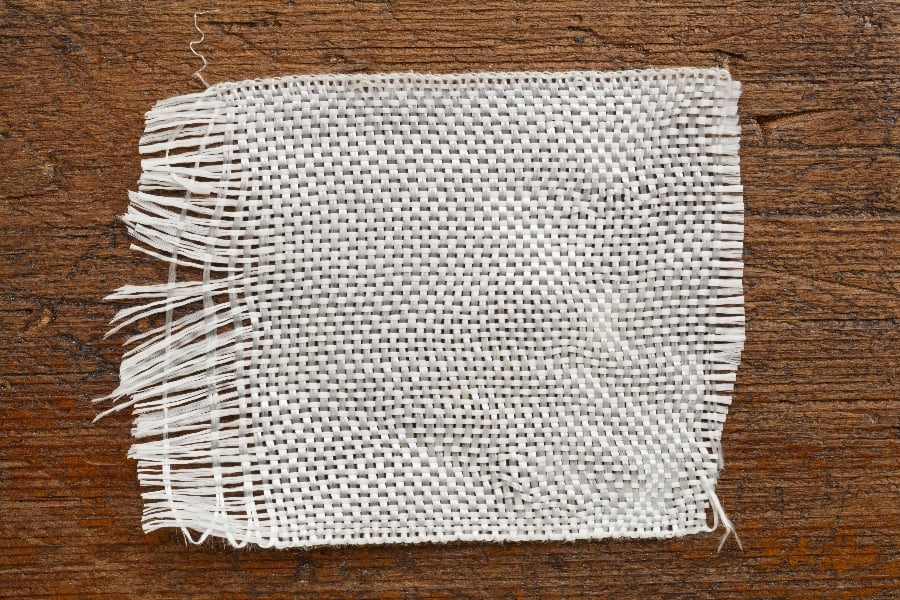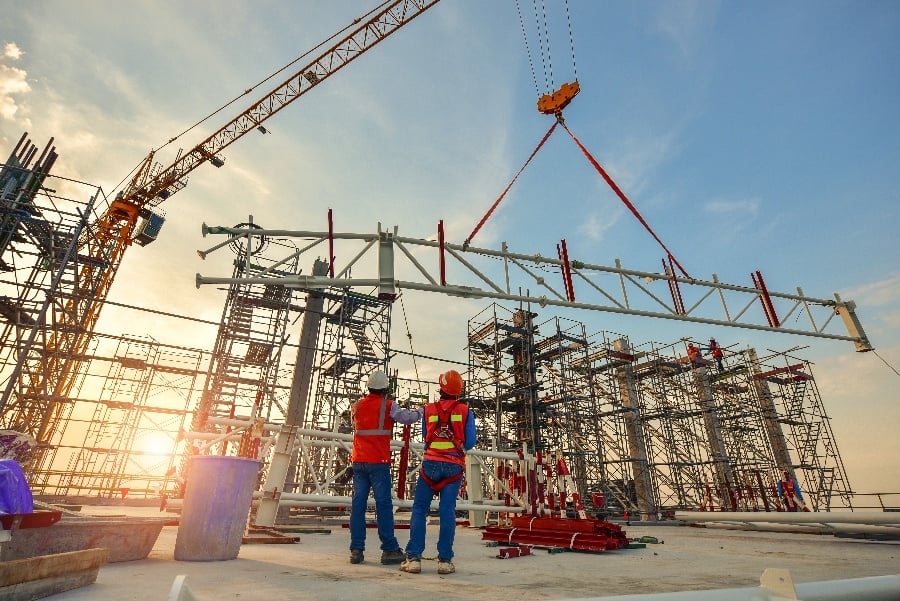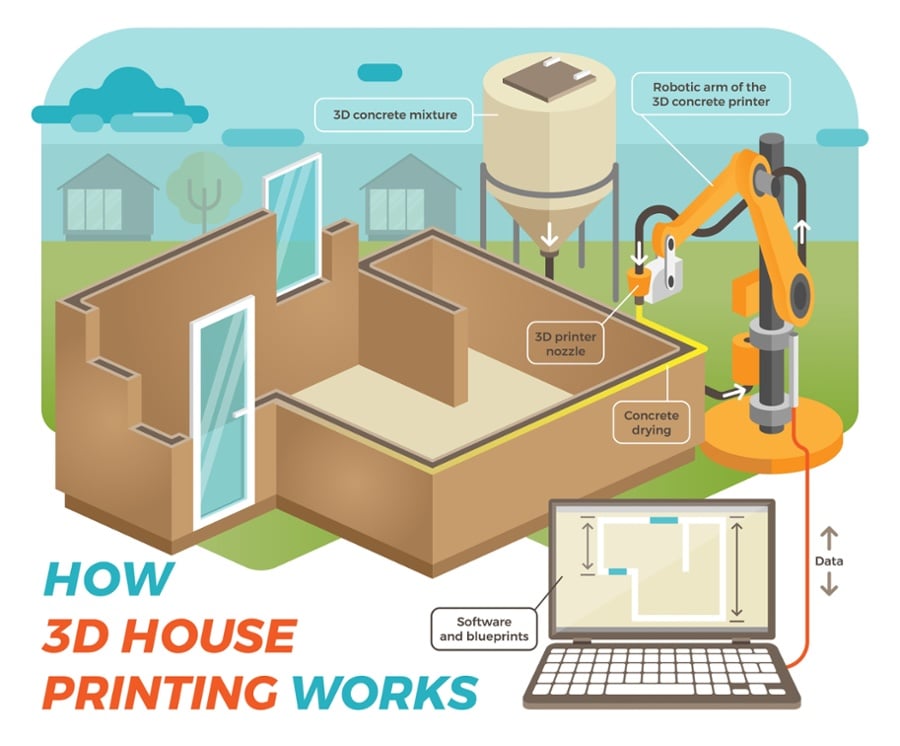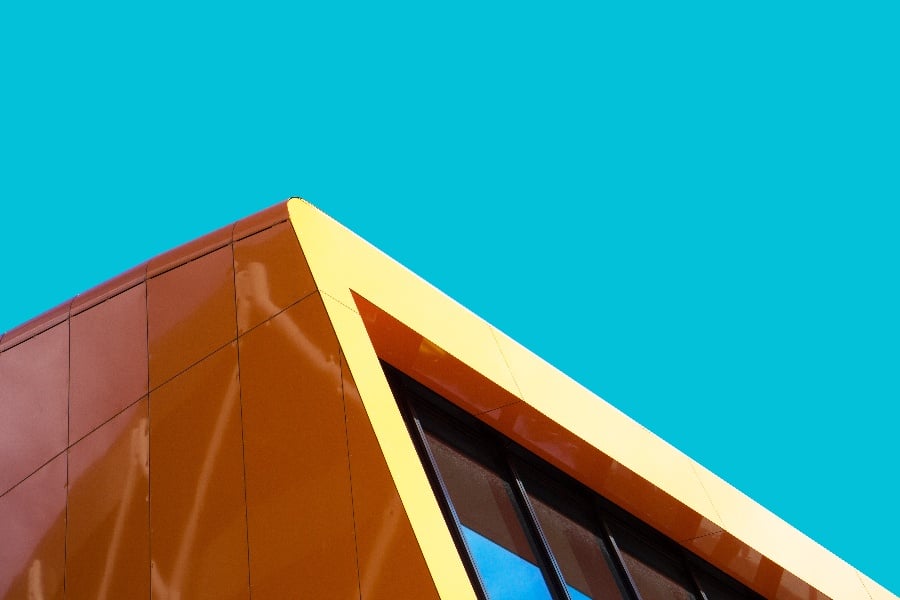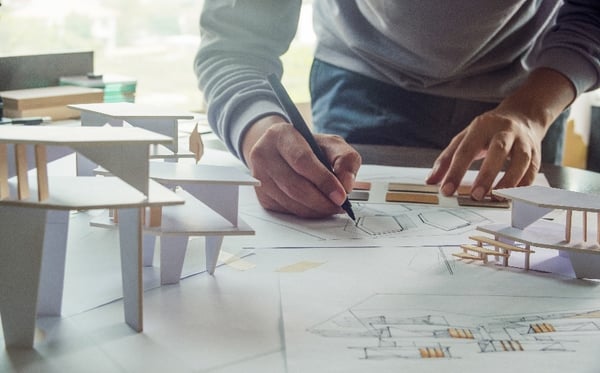
Fiber reinforced polymer (FRP) composites are widely used across a breadth of industries, with the global market for composite end products projected to reach $109.4 billion in 2022. However, the more they are used in architecture, the more it becomes obvious that the flexibility and durability inherent in FRP composites is uniquely equipped for the benefit of architecture.
FRP composites are materials that provide solutions not achievable with traditional materials in new or retrofit building construction and are being used to better design, manufacture and construct building structures.
FRP composites better comply to building codes, regulations and outperform the fire performance of numerous traditional materials, as well as being a more durable, cost-effective, practical and sustainable product for architects, designers, builders and developers.
Key Benefits of Using FRPs in Architecture
Durability
FRP composites have been tested in a range of environmental conditions and with a range of acids, salts and alkali substances.
Across the board, FRPs have been proven to withstand harsh environmental conditions without degrading. According to a Markets and Markets report, FRPs keep their quality, color and structural integrity for 60 years on average.
The benefits to using such a durable material speak for themselves but can be felt most significantly when looking at replacement rates and general running costs compared to traditional materials.
Having building materials with a longer life cycle gives greater structural support to the building structure over a longer period of time than with traditional materials such as steel, wood and concrete, lowering the long-term costs associated with the maintenance of the product.
Maneuverability
One of the key factors driving the market for FRP composites is how lightweight they are when compared to traditional materials, making them highly maneuverable and desirable in new and retrofit building construction.
FRP composites are lighter than aluminium and wood and can weigh up to 75% less than steel and 20% that of stone and concrete cladding.
Having such a low weight allows architects, designers, builders and developers more flexibility when working with FRPs and decreases the time and costs associated with builds.
Additionally, having a building exterior made from FRP composites can significantly reduce building dead load, translating to a smaller foundation, smaller crane requirements and a more manageable seismic design.
Safety
In addition to the safety benefits inherent in working with a material as lightweight as FRP composites, specialty composites can be made to specific safety needs and building regulations.
FRPs can be made using fire retardant resin systems that keep the strength of the material whilst also being fire retardant and heat resistant, meaning they’re not only practical for construction but have high safety ratings and can comply with building codes.
Flexibility of Design
Where unusual forms aren’t always possible with traditional materials, FRPs offer design flexibility that gives architects and designers more creative freedom when using FRP composites.
FRP composites can be painted to resemble materials like wood, marble and much more, so designers don’t need to compromise on desired appearances when using these products.
In the 2018 Composites Design Challenge hosted by the American Composites Manufacturers Association’s (ACMA) Architectural Division, the design capabilities of FRPs were showcased in full, continuing to make the case that FRPs not only match traditional materials in design capability but surpass them.
Low Cost
The lower weight of FRPs when compared with traditional materials decreases the costs associated with the building construction of new or retrofit spaces.
Additionally, their durability means that for buildings requiring regular cleaning and servicing, there are lower costs associated with maintenance and cleaning over time.
FRPs are also cheaper to make than most traditional materials used in new or retrofit building construction, meaning FRPs are not only more durable and maneuverable but are a much cheaper option than most metals and wood.
Sustainability
As sustainability is becoming increasingly important to all involved in manufacturing and construction, the sustainability of FRPs is something worth considering when looking at the use of FRPs in architecture.
Due mainly to their longer life cycle, FRPs are increasingly being recognized as a more sustainable material than their traditional counterparts and are considered more sustainable than concrete, aluminium and many other conventional materials.
Common Uses of FRPs in Architecture
Currently, FRPs are primarily used to create composite doors and windows due to their durability and other strong properties, with glass fiber being the preferred reinforcement.
In fact, composite doors and windows are becoming so popular in new and retrofit building construction that the FRP architectural door and window market is projected to reach $1171.4 million by 2021.
FRPs manufactured using glass fiber such as composite doors and windows are great electrical insulators, are energy efficient, and have other strong properties like stiffness and sealing, as well as being extremely durable and inexpensive.
In addition to doors and windows, FRP composites are also used to create skylights, light panels, structural elements and exterior decorative pieces such as cornices and columns. Their versatility means they can be applied to almost any aspect of the design and construction phases.
In summary, it is increasingly obvious that FRPs have unlimited potential to transform the building and construction as they are:
- more sustainable than existing construction materials
- durable and corrosion free
- lightweight
All told, solutions not achievable with traditional materials in new or retrofit building construction can be and already are being readily accomplished using FRP composites.
Their durability, low cost and practicality make them an invaluable addition to the architect’s toolkit and the construction material of choice.

